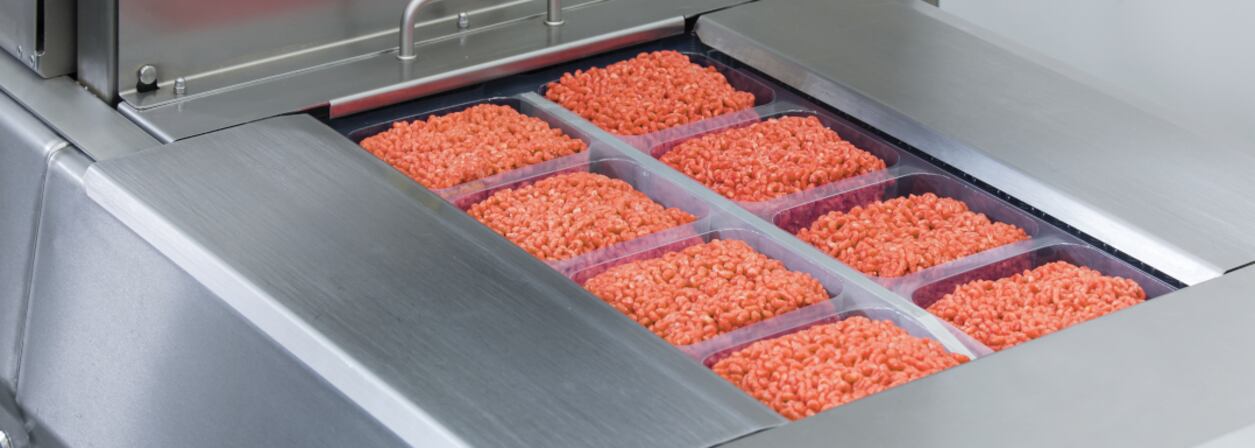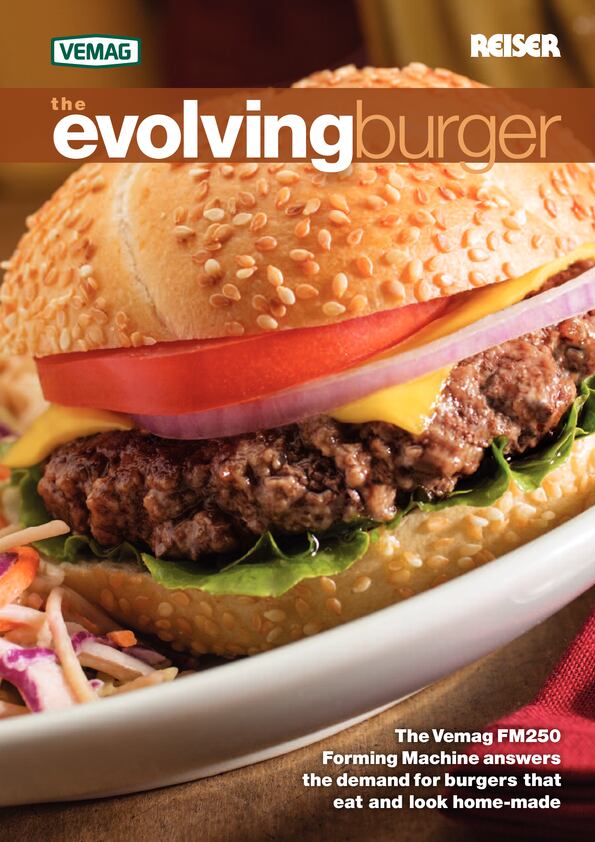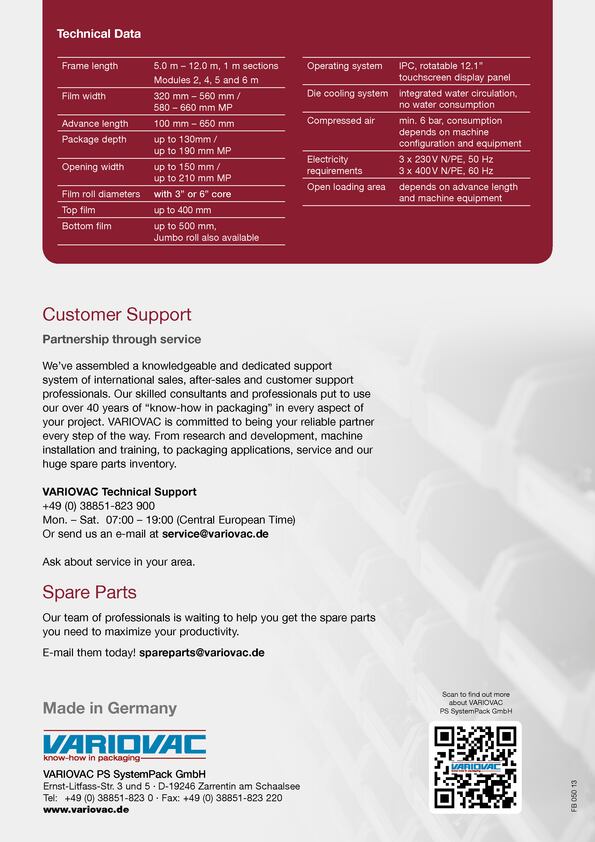Although sustainability remains the watchword of the moment in the packaging industry, the multiple factors to consider make the decision on the materials and systems to use a complicated choice, says Reiser.
While packaging efficiency can help food manufacturers cut costs and improve their environmental credibility, there needs to be a holistic approach to the whole process that takes into consideration not just the packaging materials but the equipment used to place products into packs – and whether this is fit for purpose.
Beyond primary savings and sustainability factors, manufacturers need to consider all aspects of a product packaging’s functionality – its safety, robustness and on-shelf performance – as all these play into whether the product will attract both retailer and shopper attention.
As highlighted in a study last year by research organisation and open science platform Frontiers, determining which solution is optimal is a very difficult task when considering the entire food value chain as “every product has its own characteristics, thereby having product-specific requirements”.
While the pressure is on for food manufacturers to apply increasingly sustainable packaging to their products, simply ditching plastics in favour of more environmentally sound materials is the thin end of the wedge when it comes to providing an overall solution. An article in Food Manufacture last year pointed out that the reason the food and drink industry has become so reliant on plastic is a result of the benefits it boasts, with the British Plastics Federation noting that plastic packaging can extend the life of a steak up to 10 days and by 14 days for a cucumber.
Yet, the need to reduce, reuse and recycle packaging – driven by both consumers’ expectations and government legislation – is clearly a trend that food manufacturers cannot ignore. But the solutions are not straightforward and need to take into consideration the whole packaging process from the product on the production line through to palletisation and shipping – as well as the cost and efficiency of the equipment used at each stage.
Covering all the bases
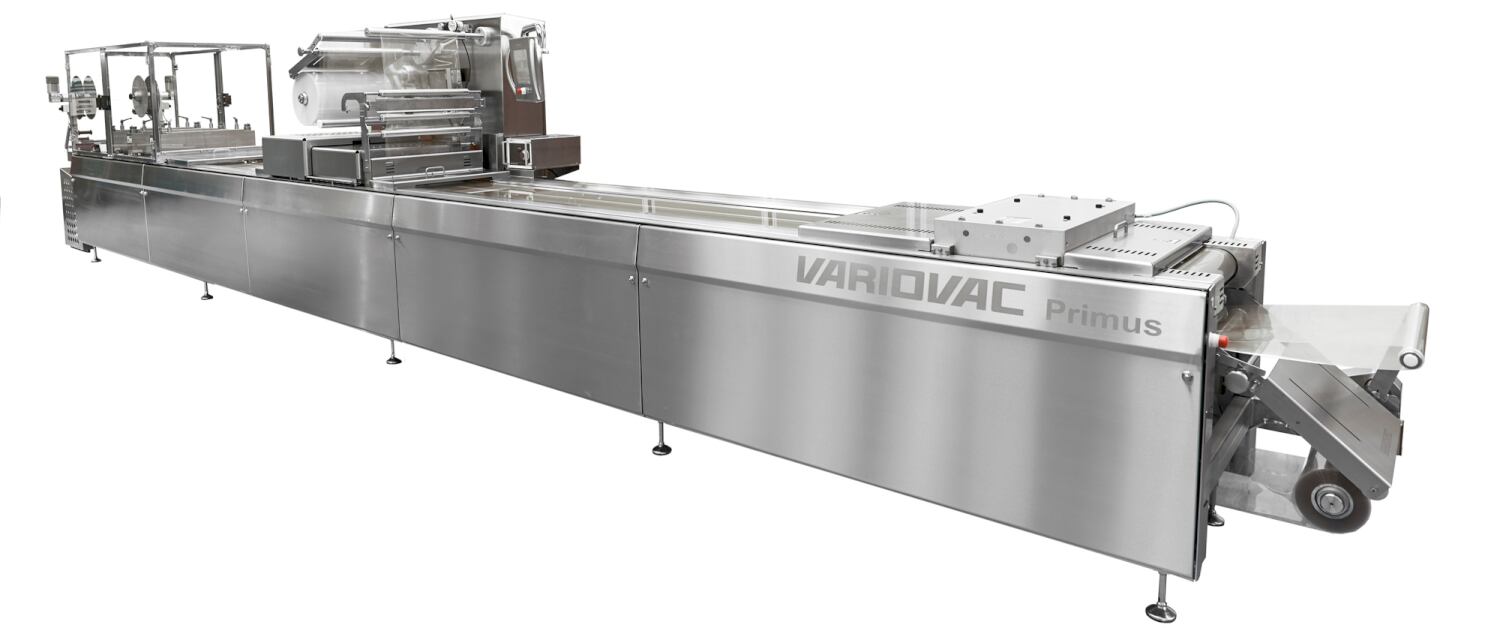
With its Supervac automatic vacuum chamber packaging machines, Reiser UK covers both the need for increased productivity and enhanced product appearance, while the company’s Variovac horizontal form/fill/seal packaging equipment with Rapid Air System allows for a reduction in material thickness, answering the need for more environmentally sound packaging, while maintaining pack integrity and, therefore, product shelf life. However, as the company’s packaging specialist Mike Carrington emphasises, it’s very much a question of courses for horses and what suits one particular product can be totally different to what suits another. As he pointed out in an article for Food Manufacture last year, “there is an inextricable link between the packaging style and type and the product being put into it; the two have to be considered together.”
While both systems offer a low cost of ownership and ease of maintenance, the best approach is for Reiser to work with a client to determine the optimal approach from initial production line right through to packaging. As Carrington notes, the company’s aim is to focus primarily on the products and discover what the challenges are for a food manufacturer before advising on the equipment needed to pack them, as its offer covers the whole scale of operations, from manual to semi-automatic on through to large facilities with end-to-end solutions.
At the company’s test centre in Milton Keynes, customers are able to trial any equipment processes, so that they can discover if the product has the correct pack with the right barrier properties before investing and scaling up to full production.
Its Variovac packaging lines in two models – Optimus and Primus – can handle flexible, semi-rigid and skin packages with reliable seals while the Rapid Air System eliminates the need to pre-heat film, producing forms and seals at speeds of over 20 cycles per minute.
The Supervac system, meanwhile, which handles all types of standard vacuum and shrink bags, features a double bi-active high-pressure sealing system and eliminates leaks with two seals to every package. Managed by a single operator its ergonomic and compact design reduces labour and increases productivity.
On show at Anuga
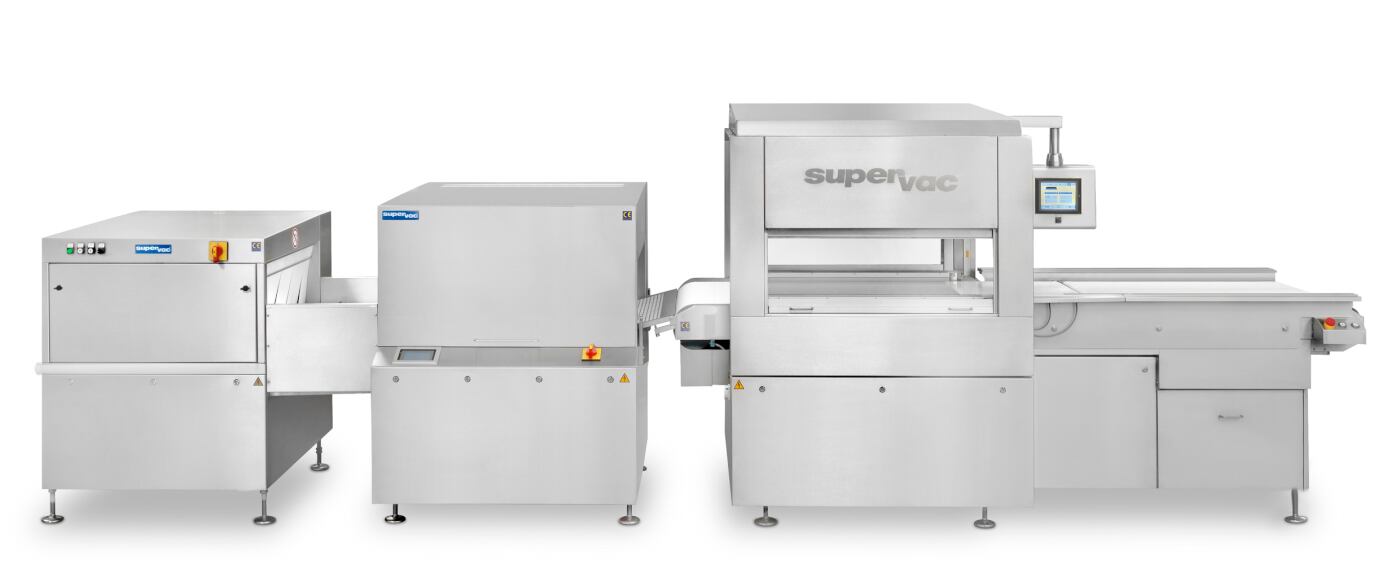
At the upcoming Anuga FoodTec show in Cologne, Germany (19-22 March) Reiser is supporting Variovac, which will be showcasing numerous developments relating to packaging on its stand (Hall 8.1, Stand B038-C039). This also includes innovative packaging materials processed on its Variovac machines. The focus will be on responsibility, with an acknowledgement of economic, social and ecological responsibility in global business operations.
Meanwhile, Supervac will launch its new and largest vacuum packaging machine, GK 962 B, which features a 1,600mm sealing bar length – the largest belt machine of its kind on the market – as well a high-performance hot water shrink tunnel, AS 860, which enables a shrink process from above, below and the side. In addition, two new semi-automatic devices under the Supervac brand, all on display in Hall 8.1, Stand C081, enable products to be packed efficiently.

